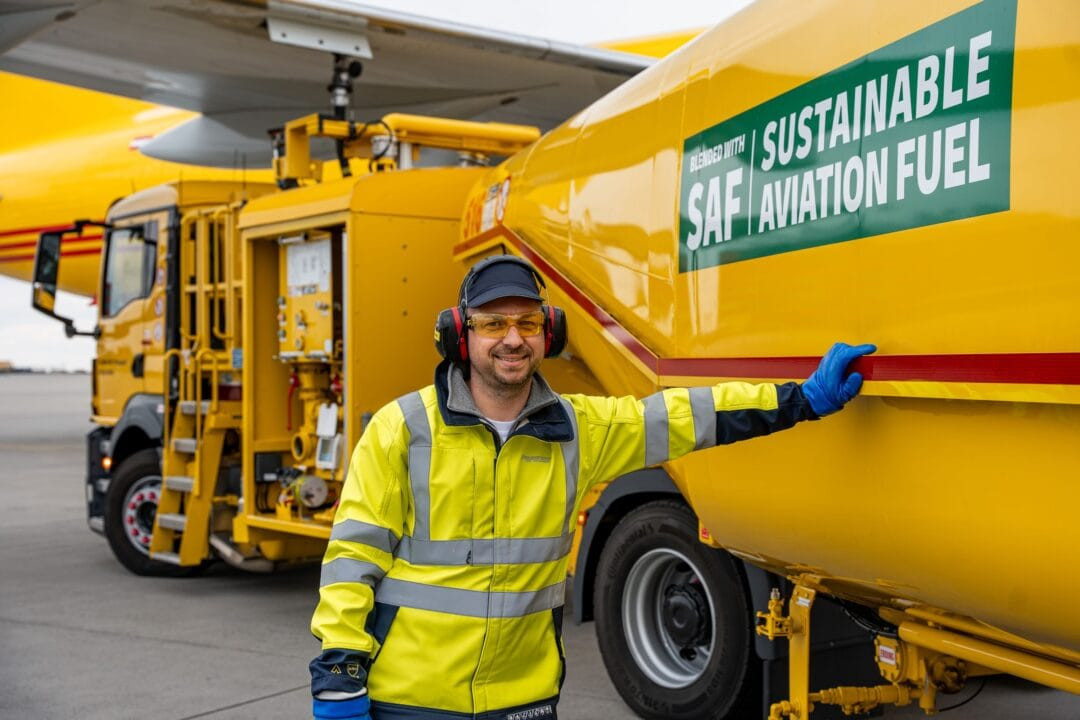
The aviation industry is gearing up to pursue low-carbon technologies as part of the mission to combat climate change. Hydrogen-powered aircraft are emerging as a major contender in this mission, promising a future where air travel can be nearly emissions-free. However, it may take some time before this technology becomes widely available in the industry.
With an ambitious goal of launching the first commercial hydrogen-powered flights by 2035, Airbus is exploring different configurations and propulsion technologies that take advantage of hydrogen’s potential as a clean fuel.
At the heart of these developments are two fundamental technologies: hydrogen combustion and fuel cells. These technologies provide promising paths to achieving emissions reductions while maintaining the performance and efficiency required by the aviation sector. However, building a hydrogen-powered aircraft is only part of the challenge. Creating a global ecosystem that supports hydrogen production, distribution and airport infrastructure is critical to turning this vision into reality.
Hydrogen-powered aircraft are often compared to other decarbonization strategies, such as sustainable aviation fuel (SAF) and electric propulsion. In a significant step towards sustainable aviation, Airbus has set an ambitious target to introduce hydrogen-powered aircraft by 2035. Through various concepts and ongoing research, the airline giant aims to revolutionize air travel with low-carbon technologies.
“The technology will significantly impact the size of the aircraft, which can accommodate 100 to 200 passengers, and its range of 1,000 to 2,000 nautical miles,” said Christoph Arnold, head of hydrogen infrastructure at Airbus’ ZEROe Ecosystem.
“Having a hydrogen-powered aircraft is great, but it needs to meet airline requirements, to operate on green hydrogen (in the right amount and at a reasonable cost) and airports need to be prepared to host and operate it.
“That is why Airbus is actively developing the required ecosystem around the world with all relevant key players – including airlines, airports, industry partners, energy providers and technology specialists – to ensure that the right hydrogen network will be ready.”
Multi-pronged approach
Airbus is actively working to decarbonise aviation and is fully aligned with other industry players with the strong conviction that this future requires parallel and focused efforts on all mitigation options. There are several areas we are working on to reduce the emissions of any type of aircraft we deliver in the future:
Fleet replacement: Old generation aircraft represent about 70 percent of current airline fleets, and there is significant potential for CO2 reduction in the short term by replacing them with the modern, fuel-efficient family of aircraft. Airbus is working to make its aircraft more efficient and prepare the next generation of conventional aircraft using technology bricks, allowing for significant improvements in performance.
New technologies: Airbus is working closely with engine manufacturers to integrate the next generation of engines. Hybridization of aircraft propulsion systems will be an enabler/technology to reduce the fuel consumption of its products, improve overall on-board energy efficiency and increase thermal engine efficiency.
Enhanced Operations: Continuous climbs and descents and flight path optimization through real-time transmission of 4D trajectory data while operating on disruptive practices, such as formation flying. Airbus plays an active role in SESAR, a joint project whose role is to modernize ATMs in Europe, leading some research projects such as Albatross (more than 1,000 flights with improved ATMs made with airlines), which are now being expanded. To the Heron experimental model.
Increased use of SAF: All Airbus commercial, helicopter and military aircraft are already capable of flying on up to 50 percent SAF fuel blend. Today, SAF can reduce CO2 emissions by 80 percent on average over its life cycle. The company aims to have our commercial aircraft fleet capable of flying up to 100 percent of the Sudanese Air Force by 2030. Airbus is also collaborating with the ecosystem to accelerate production of the Sudanese Air Force in many different countries.
Infrastructure security
Airbus recognized that infrastructure development would be crucial to the success of hydrogen-powered aviation, especially with regard to hydrogen production and distribution. To support its ZEROe project, Airbus has partnered with stakeholders in the global energy sector to ensure a stable hydrogen supply chain.
As a first step, the simplest way to support the first years of ZEROe operations is to supply liquid hydrogen via liquid hydrogen ground refueling units and towed trucks from the nearest existing hydrogen facilities.
Geographic characteristics and access to renewable energies will greatly influence the infrastructure that airports will have to develop.
“Airports are rethinking how they design and operate their infrastructure to reduce their overall emissions footprint. One promising option is to build a unique airport ecosystem with hydrogen at the heart of operations,” Arnold explained.
“The main activities controlled by the airport are: emissions from airport buildings (heating, cooling and lighting), ground support vehicles, and other operations such as baggage handling and refueling.
“Our concept developed by Airbus involves collaborating with airports to develop a phased approach to decarbonise airport facilities, ground operations and transport (heavy goods logistics, buses and tow trucks) using hydrogen.”
Effective transition
Since 2020, Airbus has launched several partnerships around the world with energy providers, airlines and airports to study the potential of hydrogen-powered aircraft and enable hydrogen-powered aviation by 2035.
These studies allow defining paths for selecting airports that will be converted and/or equipped to operate hydrogen-powered aircraft in both countries, as well as the accompanying regulatory framework.
“Initiatives like the Airport Hydrogen Hub are exactly the type of project that brings all relevant stakeholders around the same table to accelerate the adoption and availability of hydrogen for aviation,” Arnold explained.
“We expect that the cost of producing hydrogen is likely to decline over the coming decades as it is more widely adopted by various industries (mobility, chemicals, steel, marine, etc.). This will make hydrogen-powered flights increasingly economical.”

